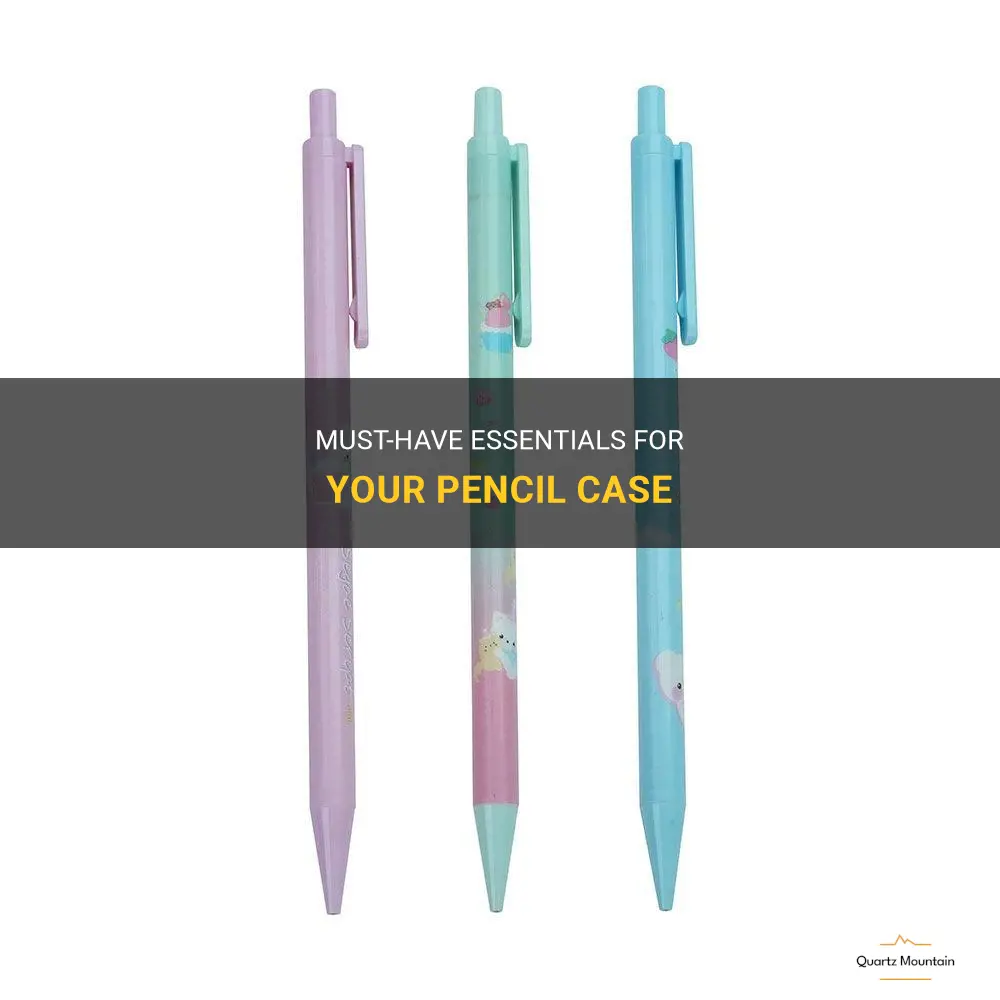
In a world of digital gadgets and advanced technology, there is still something undeniably charming about the humble pencil case. This small, portable container holds within it the tools that fuel creativity, problem-solving, and the expression of ideas. Whether you're a student, an artist, or just someone who enjoys the simplicity and tactile experience of writing on paper, there are certain essentials that every pencil case should have. From trusty pencils and versatile erasers to colorful highlighters and precision pens, these must-have items are the building blocks for a world of infinite possibilities. So, join us as we delve into the must-have essentials for your pencil case, and rediscover the joy and beauty of handwriting in a technologically-driven era.
What You'll Learn
- What are the essential items to pack in a pencil case?
- How many pens and pencils should I pack in a pencil case?
- What kind of erasers or correction tools should I include in a pencil case?
- Are there any additional accessories or tools that would be helpful to have in a pencil case?
- How should I organize or arrange the items in a pencil case for maximum efficiency and accessibility?

What are the essential items to pack in a pencil case?
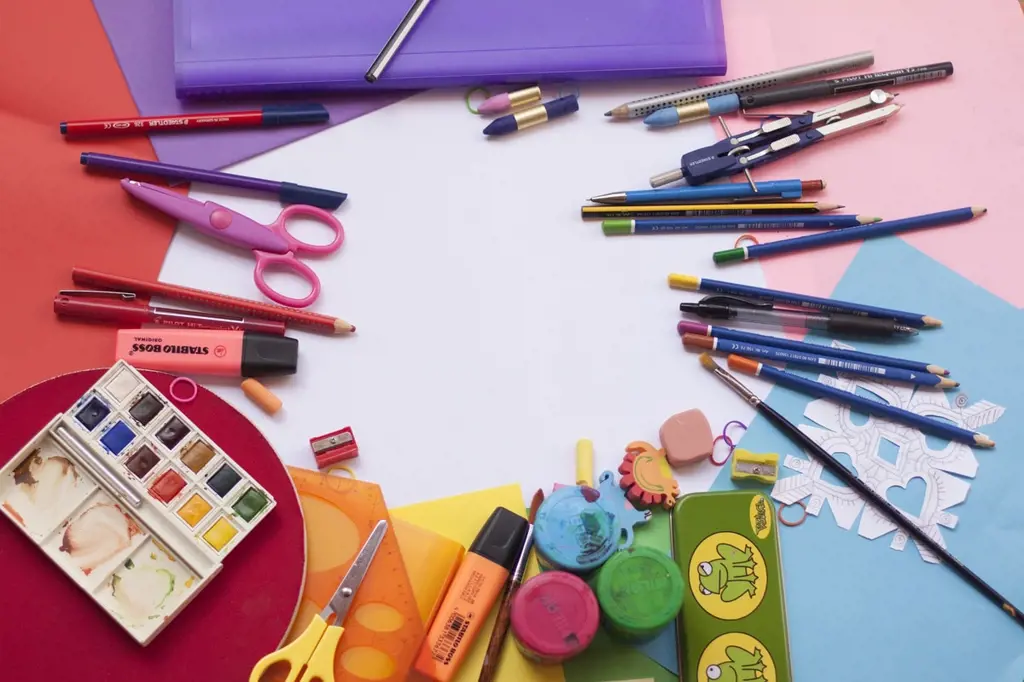
When it comes to packing a pencil case, there are several essential items that you should include. Whether you're a student, a professional, or someone who enjoys drawing, these items will help you stay organized and prepared for any task that requires writing or drawing.
First and foremost, pencils are a must-have item in any pencil case. It's a good idea to include a variety of pencils with different lead hardness, such as HB, 2B, and 4B. This will allow you to achieve different shades and line weights while drawing or sketching. Additionally, including a mechanical pencil can be handy as it eliminates the need for sharpening and provides a consistent line width.
Next, you'll want to include a selection of pens in your pencil case. Black and blue ballpoint pens are essentials for everyday writing tasks, while colored pens can be useful for highlighting or adding emphasis to certain words or phrases. Gel pens are also a popular choice due to their smooth writing experience and vibrant colors.
Highlighters are another important item to include in your pencil case, particularly if you're a student. They can help you organize and emphasize important information in textbooks, notes, or study guides. Opt for highlighters in different colors to color-code your work or create visual hierarchies when studying.
If you enjoy drawing or doing detailed work, it's crucial to include a set of fine-tipped markers or fineliners in your pencil case. These pens provide precise and accurate lines, allowing you to add intricate details to your artwork or notes. Look for markers with different tip sizes to have more versatility in your work.
Apart from writing and drawing tools, you should also consider including other stationery items in your pencil case. For example, a small pair of scissors can come in handy for cutting paper, tape, or other materials. A small ruler will enable you to draw straight lines or measure objects accurately. Including an eraser and a sharpener are also essential to rectify mistakes and maintain precise pencil tips, respectively.
Finally, having some extra space in your pencil case for sticky notes, paper clips, or a small stapler can be beneficial for organizing documents or attaching important notes. Additionally, including a USB flash drive will allow you to store and transport electronic files conveniently.
To summarize, the essential items to pack in a pencil case include pencils of different hardness, pens, highlighters, fine-tipped markers, scissors, a ruler, an eraser, a sharpener, sticky notes, paper clips, and a USB flash drive. By including these items, you'll be well-equipped for any writing, drawing, or organizing task that comes your way.
Essential Items to Pack for an Epic Fishing Charter in Alaska
You may want to see also

How many pens and pencils should I pack in a pencil case?
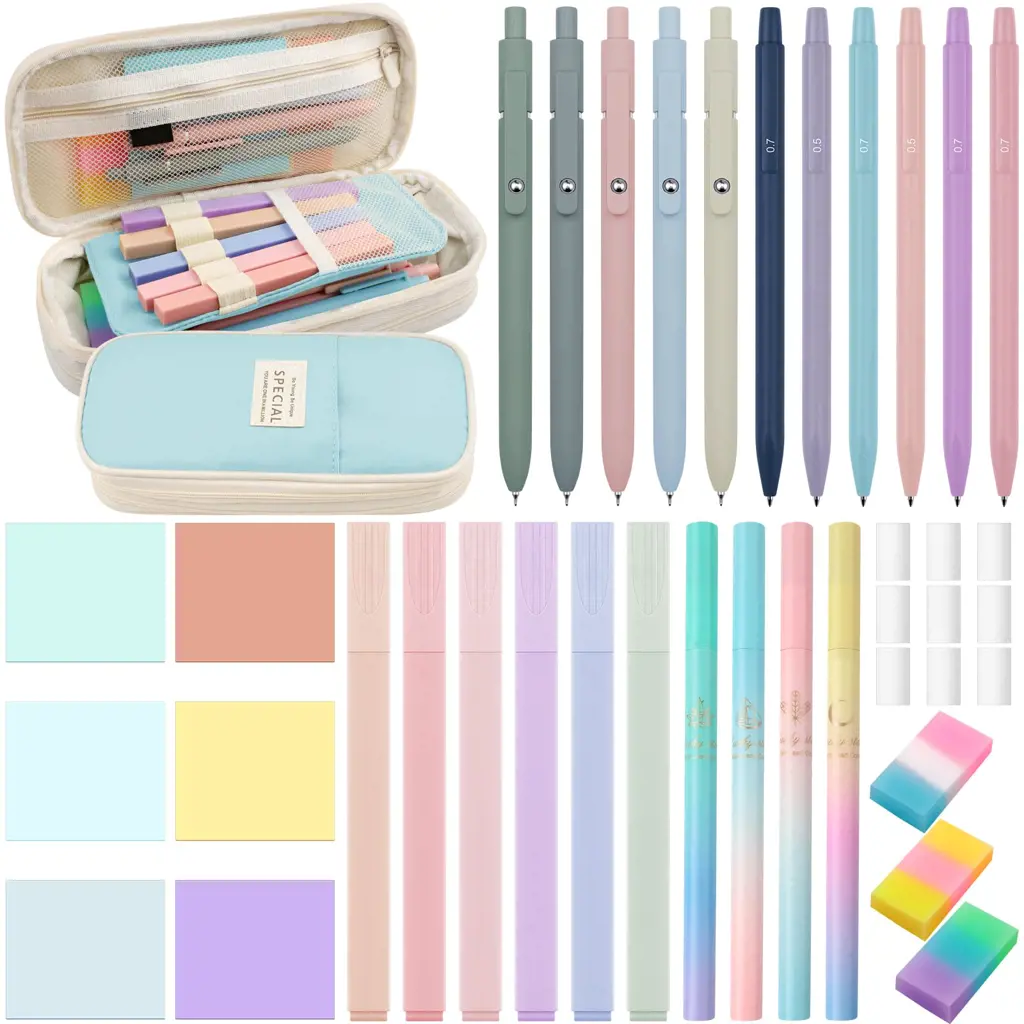
When it comes to packing a pencil case, it's important to strike a balance between having enough writing tools and not overcrowding the case. After all, you want your pencil case to be organized and easy to use, without causing your pens and pencils to get damaged or lost. So, how many pens and pencils should you pack in a pencil case? Let's explore some factors to consider and some general guidelines to follow.
- Consider the size of your pencil case: The size of your pencil case will determine how many pens and pencils it can comfortably hold. If you have a larger pencil case, you may be able to fit more writing tools. Conversely, if you have a smaller pencil case, you'll need to be more selective about what you pack.
- Think about your daily needs: Consider the number of pens and pencils you typically use in a day. If you are someone who frequently writes or draws, you'll likely need more writing tools. On the other hand, if you only occasionally use pens and pencils, you can get away with packing fewer.
- Opt for variety: It's a good idea to have a variety of pens and pencils in your pencil case. This way, you'll be prepared for different writing or drawing tasks. Include different types of pens such as ballpoint, gel, and highlighters. For pencils, consider including different lead hardnesses to cater to your writing or sketching preferences.
- Plan for backups: It's inevitable that pens and pencils will run out of ink or break. Packing a few extra pens and pencils as backups can be a lifesaver. It's always better to be prepared, especially if you have an important exam or project coming up.
- Take into account special needs: If you have any specific writing requirements, such as using a fountain pen or markers, be sure to include those in your pencil case.
Ultimately, the number of pens and pencils you should pack will depend on your individual needs and preferences. As a general guideline, aim for a minimum of 2-3 pens and 2-3 pencils. This should provide enough variety and backup options without overcrowding your pencil case. However, be mindful of the size of your case and adjust accordingly.
Remember, organizing your pencil case is important for easy access and maintenance. Consider using pencil holders or loops to keep your pens and pencils secure and prevent them from rolling around or getting damaged. By having a well-organized pencil case, you'll always be ready to write or draw whenever inspiration strikes.
In conclusion, packing a pencil case with the right number of pens and pencils requires consideration of factors such as the size of the case, your daily needs, a variety of tools, backups, and any special requirements. By striking the right balance, you can ensure that your pencil case is well-stocked and ready for any writing or drawing task that comes your way.
Essential Items to Pack for a Week in Punta Cana
You may want to see also

What kind of erasers or correction tools should I include in a pencil case?
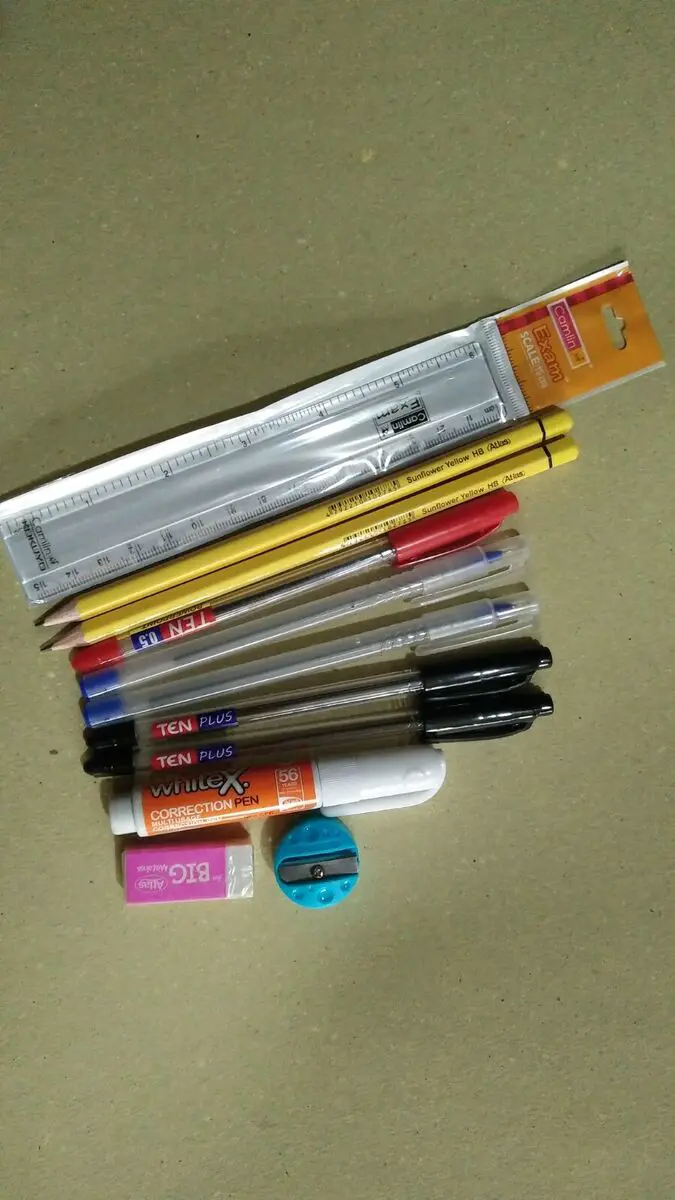
When it comes to selecting erasers or correction tools for your pencil case, there are a few factors to consider to ensure you have the right tools for a clean and efficient erasing experience. Whether you're an artist or a student, the type of eraser you choose can make a significant difference in erasing accuracy and smudge-free results. In this article, we will guide you through the various types of erasers and correction tools available and help you make an informed decision.
- Soft Vinyl Erasers: Soft vinyl erasers are a popular choice for basic erasing needs. They are gentle on paper and can easily remove graphite marks without damaging the surface. Soft vinyl erasers typically come in large rectangular blocks or smaller handheld sizes, making them suitable for erasing larger areas or small details. These erasers are also known for their ability to erase heavily pigmented marks, including colored pencils and inks.
- Kneaded Erasers: Kneaded erasers, also called putty erasers, are versatile tools that can be molded into different shapes. They are commonly used by artists for fine-tuning and erasing small details. Kneaded erasers are especially useful when working with delicate paper or when you want to remove specific lines without disturbing the surrounding areas. They can easily be shaped into a fine point or a flat edge depending on your requirements.
- Mechanical Erasers: Mechanical erasers, also known as pen-style erasers, offer precision erasing with a click mechanism to dispense fresh eraser material. They are ideal for erasing fine lines and small areas with accuracy. Mechanical erasers come in a variety of tip sizes, allowing you to choose the perfect one for your needs. These erasers often come in a pen-like design, making them convenient to carry in your pencil case.
- Ink Erasers: Ink erasers, as the name suggests, are specifically designed to erase ink without damaging the paper. They utilize a chemical reaction to remove ink pigments, making them an essential tool for correcting mistakes made with fountain pens or other inky media. Ink erasers come in various forms such as liquid ink erasers, erasing pens, or eraser sticks. It's important to note that not all ink erasers work with all types of ink, so be sure to check the compatibility before using them.
- Correction Tape: If you're dealing with mistakes made by pens, markers, or other non-pencil media, correction tape can be a useful addition to your pencil case. Correction tape works by covering the original marks with a strip of opaque tape that can be written or drawn over. It provides a quick and mess-free way to correct mistakes without any residue or smudging. Look for correction tapes that are easy to use and have a smooth application.
Overall, the selection of erasers and correction tools for your pencil case depends on your specific needs and preferences. It's a good idea to have a variety of erasers on hand to cater to different erasing tasks and mediums. Consider the type of media you frequently use, the level of precision required, and the convenience of carrying the tools in your pencil case. By choosing the right erasers and correction tools, you can ensure clean, accurate erasing and make your overall creative or academic experience more enjoyable.
The Essential Packing Guide for a September Visit to France
You may want to see also

Are there any additional accessories or tools that would be helpful to have in a pencil case?
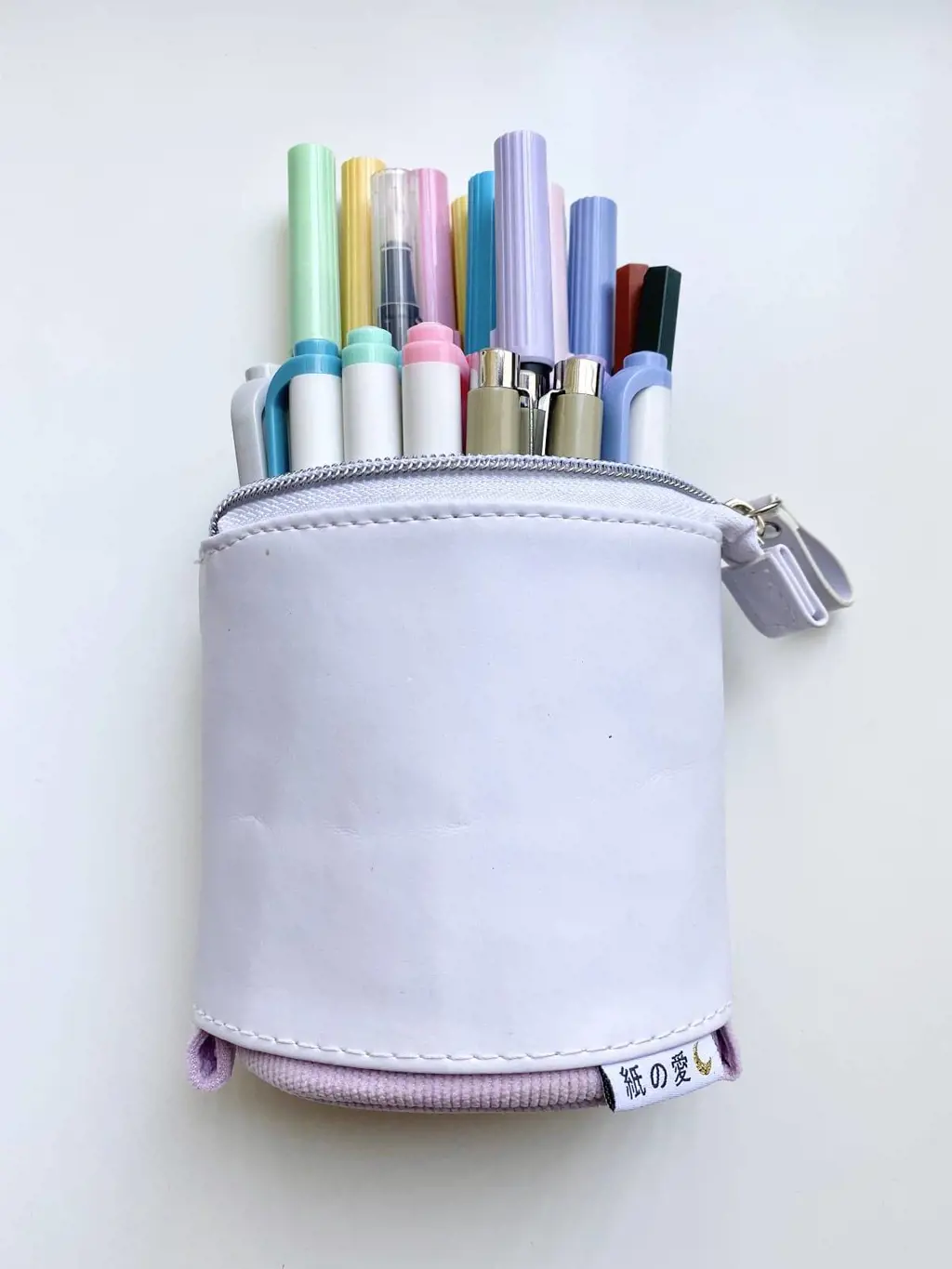
In addition to the essential writing tools like pens, pencils, and erasers, there are several other accessories and tools that can be useful to have in a pencil case. These accessories can help with organization, maintenance, and enhancing the writing experience. Here are some examples:
- Pencil sharpeners: Having a small pencil sharpener in your pencil case ensures that you always have a sharp point on your pencils. There are various types of sharpeners, including handheld ones or small electric ones. This tool is particularly important when using wooden pencils, as they tend to get dull over time.
- Highlighters: Highlighters are useful for marking important information in text or notes. They come in a variety of colors, allowing you to color-code your annotations for better organization. Whether you're studying for an exam or need to highlight important points in a document, having highlighters in your pencil case can be beneficial.
- Rulers: A small ruler is handy for drawing straight lines or measuring distances. It can come in handy when you're working on math problems or need to create diagrams or graphs. Some pencil cases even have built-in rulers, saving space and ensuring you always have one available.
- Sticky notes: Sticky notes are excellent for jotting down quick reminders, marking pages in textbooks or notebooks, or adding comments to documents. They are easily portable and can be placed temporarily without damaging the surfaces they stick to. By having a small stack of sticky notes in your pencil case, you'll always be prepared to leave yourself or others a note.
- Correction tape: Instead of carrying around a bottle of whiteout, a compact correction tape dispenser can be added to your pencil case. Correction tape allows you to make neat and clean corrections to mistakes on paper. It dries quickly and doesn't require any waiting time like liquid whiteout does.
- Mechanical leads and erasers: Mechanical pencils are a popular choice for many individuals as they don't require sharpening. Additionally, you can replace the leads and erasers as needed. Having spare leads and erasers in your pencil case ensures that you won't run out in the middle of an important writing or drawing task.
- USB drive: In today's digital age, having a USB drive in your pencil case can be extremely handy. It allows you to transfer files between computers, save documents, or carry important files with you wherever you go. USB drives come in compact sizes and can easily fit in a pencil case alongside your other writing tools.
Having these additional accessories and tools in your pencil case can make your writing and studying experience more enjoyable and efficient. They help with organization, provide convenience, and assist in maintaining the quality of your writing tools. Consider these items when stocking your pencil case to ensure you're well-equipped for your writing and note-taking needs.
The Essentials for Packing for Dance Competitions
You may want to see also

How should I organize or arrange the items in a pencil case for maximum efficiency and accessibility?
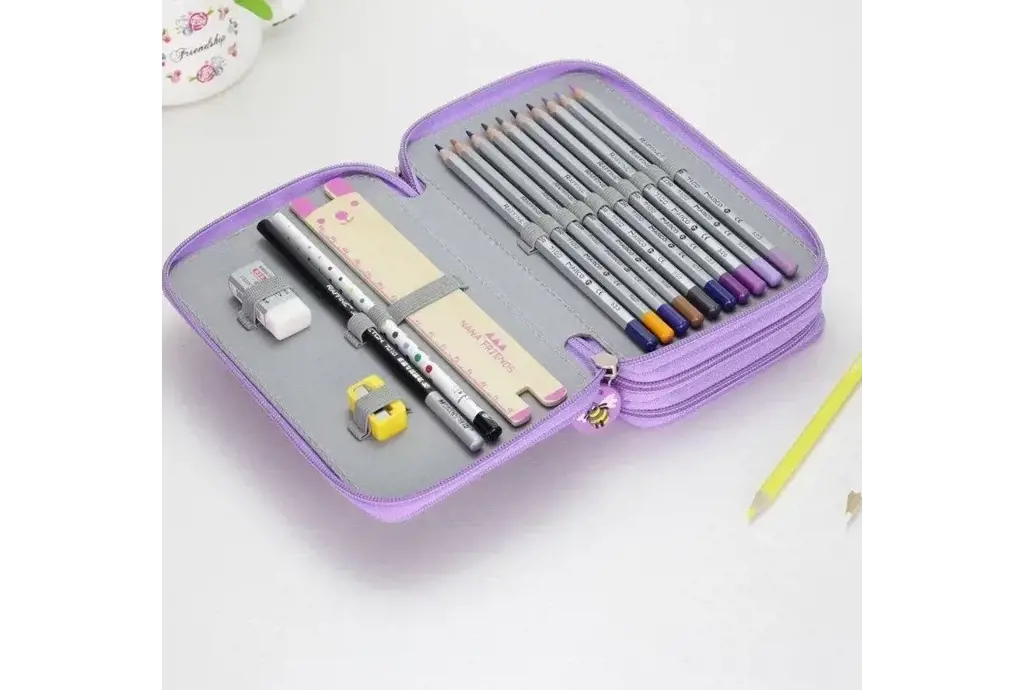
Having an organized and well-arranged pencil case can greatly enhance your productivity and convenience. When all your writing and drawing essentials are easily accessible and properly organized, you can save time and focus more on your work or studies. Here are some tips on how to organize and arrange your items in a pencil case for maximum efficiency and accessibility:
Sort and categorize your items:
Start by sorting and categorizing your items based on their function. For example, group together pens, pencils, erasers, highlighters, and other similar items. This will give you an overview of what you have and make it easier to find specific items when needed.
Prioritize frequently used items:
Identify the items that you frequently use and place them in easily accessible locations. For instance, place your favorite pen or pencil in a dedicated slot or compartment near the top of your pencil case. This way, you can quickly grab it without having to search through the entire case.
Use compartments or dividers:
Invest in a pencil case that has built-in compartments or dividers. These compartments can help you separate different types of items and prevent them from getting mixed up. For instance, you can allocate a specific compartment for pens, another for pencils, and so on. Dividers or small pouches within the pencil case can also be useful for storing small accessories like paper clips or sticky notes.
Utilize elastic loops or holders:
Many pencil cases feature elastic loops or holders that can securely hold your pens and pencils in place. Take advantage of these features to prevent your writing instruments from rolling around and potentially getting damaged. Insert each pen or pencil into a separate loop or holder and secure it tightly. This will not only keep your pencil case organized but also protect your writing tools.
Consider the size and shape of your items:
When arranging items in your pencil case, consider their size and shape. Place smaller items, such as erasers or paper clips, in smaller compartments or pouches. Similarly, arrange longer or bulkier items, like rulers or scissors, in areas where they won't interfere with the rest of your items. By considering the size and shape of your items, you can optimize the space in your pencil case and ensure everything fits comfortably.
Keep essential items visible:
If you have some items that you use frequently or need quick access to, keep them visible at the top of your pencil case. This could include items like a small notepad, a calculator, or sticky notes. By keeping these essential items at the top, you can easily see and reach for them without having to dig through the rest of your items.
Regularly declutter and clean your pencil case:
To maintain an organized and efficient pencil case, make it a habit to declutter and clean it regularly. Remove any items that you no longer need or use and give your pencil case a thorough cleaning. This will ensure that your pencil case remains clutter-free and your items are easily accessible.
In conclusion, organizing and arranging your items in a pencil case can greatly improve your efficiency and accessibility. By following these tips and considering your personal preferences, you can create a well-organized pencil case that suits your needs and enhances your productivity. Remember to regularly assess and adjust your organization system as needed to ensure maximum efficiency.
Essential Packing Guide for an Unforgettable Trip to Patagonia in April
You may want to see also
Frequently asked questions
Some basic supplies to pack in a pencil case are pencils, pens, erasers, and a sharpener.
Including highlighters in your pencil case is a personal preference. If you frequently use highlighters for highlighting important information or color-coding notes, it can be helpful to have them in your pencil case. However, if you rarely use them, it might be more practical to leave them out.
Yes, you can pack other miscellaneous items in your pencil case if you have enough space. Some common miscellaneous items that people include in their pencil cases are paper clips, sticky notes, small rulers, and mini staplers.
While it is not necessarily required to have a pencil case for school, having one can help keep your writing instruments and other school supplies organized and easily accessible. It can also prevent your items from getting lost or damaged in your backpack. Therefore, having a pencil case can be beneficial for staying organized and prepared for school.







